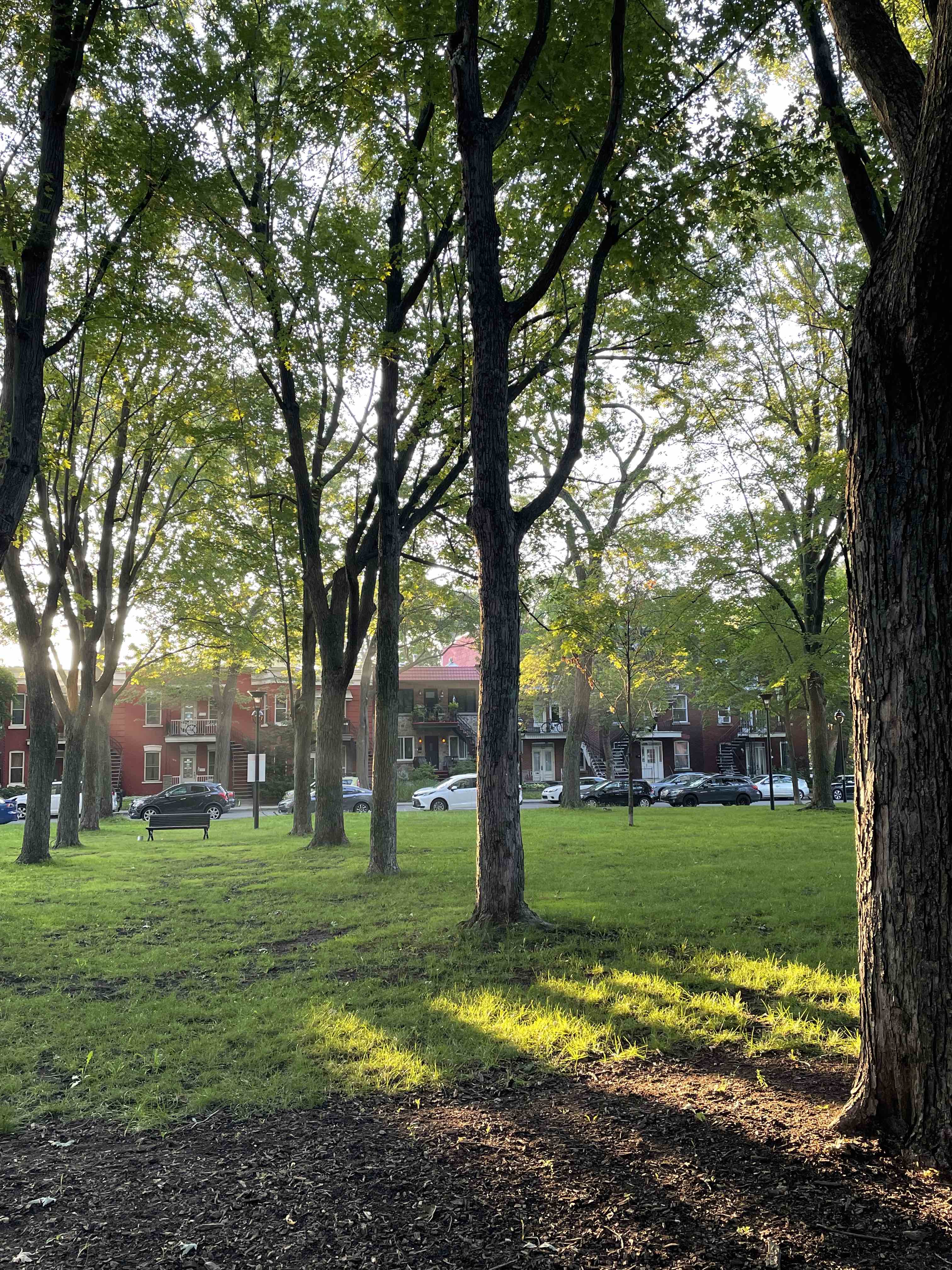The Thing Itself
You cannot contemplate everything, all at once, all the time. But you can enjoy it.
I recently asked Twitter to help me pick my next book to read, and I went with Michael Ward’s Planet Narnia: The Seven Heavens in the Imagination of C.S. Lewis based on some strong recommendations. I’m about halfway through and loving it. But I’m not interested in the book’s admittedly interesting thesis here.
Right now, I’m still reeling from an observation Ward makes in the opening chapters, where he makes the case that it wasn’t unthinkable for Lewis to have hidden the animating framework of this Narnia chronicles (it’s the planets). He reframed Lewis’ famous “meditation in a toolshed” in light of the distinction between two varieties of mental experience that philosopher Samuel Alexander called Contemplation and Enjoyment. Lewis later regarded this distinction as “an indispensable tool of thought.”1
In “Meditation in a Toolshed,” Lewis starts by painting a simple picture:
I was standing today in the dark toolshed. The sun was shining outside and through the crack at the top of the door there came a sunbeam. From where I stood that beam of light, with the specks of dust floating in it, was the most striking thing in the place. Everything else was almost pitch-black. I was seeing the beam, not seeing things by it.
Then I moved, so that the beam fell on my eyes. Instantly the whole previous picture vanished. I saw no toolshed, and (above all) no beam. Instead I saw, framed in the irregular cranny at the top of the door, green leaves moving on the branches of a tree outside and beyond that, 90 odd million miles away, the sun. Looking along the beam, and looking at the beam are very different experiences.
Very different experiences, indeed.

In Lewis’ analogy, looking at the beam of light is comparable to contemplation in that we’re looking at the beam from a distance. The light is abstracted as a thing apart from the viewer; we consider its situation and effect at a remove. However, when we move into the sunbeam, everything is changed. Stepping into the beam provides the experience of enjoyment, which is a fullness. Enjoyment doesn’t strip down the elements of experience into its parts; Enjoyment is to participate fully in the variety, complexity, and depth of reality.
Looking at the light is to see but a piece of reality, and this is well and good! Contemplation is a worthwhile exercise, yet we shouldn’t forget that it is practice, not participation. “Looking along the beam” is much more like joining a great dance, one in which all the pieces of reality we might contemplate wheel amongst each other hand in hand.
Enjoyment is to be with everything, all at once, all the time. We cannot hold the whole in our heads, but we can inhabit it.
I think this framing of Lewis’ deceptively simple observation fell so heavily on me because I was, at the same time, finishing Fleming Rutledge’s The Crucifixion, her sweeping survey of the theology of the atonement. Rutledge approaches her subject with a literary toolkit Lewis probably would’ve liked. Instead of a new theory of atonement, of which there are many, often in competition with each other, Rutledge approaches the central event of Christianity on the field of themes and motifs.
Why not a theory? Because theories are the fruits of contemplation, and the death of Christ defies contemplation. This is not to say the theories of the atonement are not good and helpful — they are very good, just incomplete. Theories are reductive by necessity even as they help us to understand complex, sprawling ideas.
But contemplating theories is not the point. That’s why Rutledge attempts to knit the elements of various theories of the atonement — Penal Substitution, Christus Victor, etc. — into a whole composed of the motifs that make up the action of God in the event we call the atonement. This is fitting, she says, given the sources we’re dealing with:
Indeed, “theory” is a poor word to choose when seeking to understand the testimony of the Bible. The Old and New Testaments do not present theories at any time. Instead, we find stories, images, metaphors, symbols, sagas, sermons, songs, letters, poems. It would be hard to find writing that is less theoretical.2
But, more than the sources here, we’re dealing with reality.
Rutledge’s point in making the distinction between theories and the more musical “motifs” or “themes” is to direct our contemplation towards enjoyment and our thinking to participation. She wants us to step into the sunbeam. Perhaps the most pleasing part of this series of recollections, kicked off by the opening chapters of Planet Narnia, is that it all began much earlier, with Lewis again. Thanks to a passing phrase, I was primed to take joy and not simply to conquer through contemplation.
Years before I started reading The Crucifixion, I heard (or maybe read it in a biography) a quote by Lewis which likened theories of the atonement to blueprints. They were helpful for explaining and understanding what happened on the cross, but the blueprints weren’t “the thing itself.”
The thing itself. The truth.
Everything. All at once. All the time.
Forever.
Thanks for reading! You can follow me on Twitter @mattCivico, subscribe to my newsletter at Common Pursuits, or chat with me on Discord.
1. Lewis, C.S., Surprised by Joy, p. 218.
2. Rutledge, Fleming. The Crucifixion: Understanding the Death of Jesus Christ (p. 9). Wm. B. Eerdmans Publishing Co. Kindle Edition.